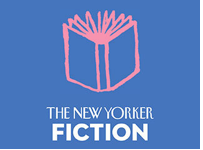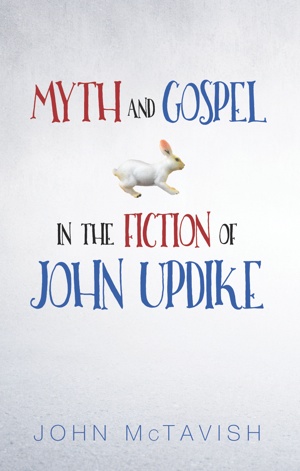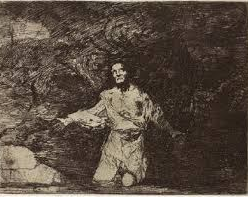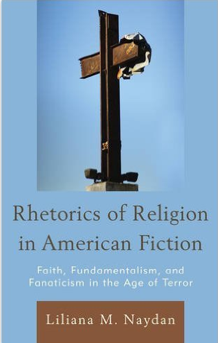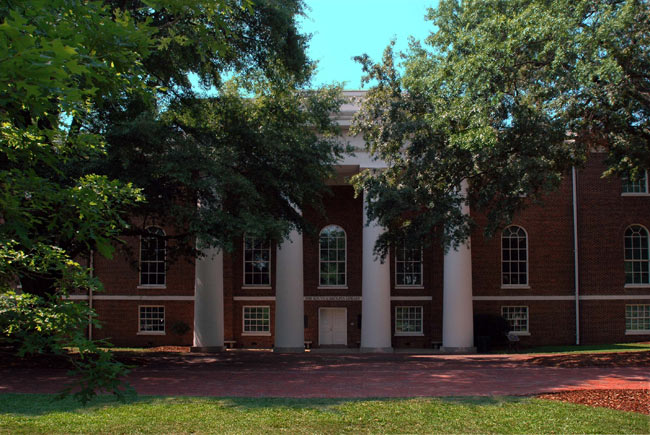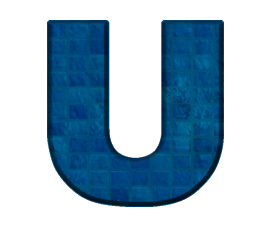 On the blog Literary Hub, Adam Ehrlich Sachs compiled a thoughtful list of “Six Tales About Fathers and Sons That Do Not Feature Fathers And Sons; Adam Ehrlich Sachs on Vast, Fathomless, and Multifarious Conceptual Fathers.”
On the blog Literary Hub, Adam Ehrlich Sachs compiled a thoughtful list of “Six Tales About Fathers and Sons That Do Not Feature Fathers And Sons; Adam Ehrlich Sachs on Vast, Fathomless, and Multifarious Conceptual Fathers.”
His picks?
A Message from the Emperor (Franz Kafka)
The Verificationist (Donald Antrim)
Weimar Culture: The Outsider as Insider (Peter Gay)
“Babel in California” from The Possessed (Elif Batuman)
“On the Uses and Disadvantages of History for Life” from Untimely Meditations (Friedrich Nietzsche)
U and I (Nicholson Baker)
Of the latter he identifies Updike as the father and Baker as the son. “Something similar to Nietzsche’s exaltation of ignorance and forgetting over knowledge and memory seems to animate Nicholson Baker’s decision not to reread any Updike—or to read any of the Updike he had not yet read—before embarking on this reckoning with his literary progenitor: rather than embalm the actual Updike with artificial erudition, he wants to portray the warped but living Bakerian Updike that occupies his, Baker’s, head, inspiring and intimidating him, spurring and silencing him, proscribing certain images (drizzle on a window screen) and words (“consort”) from Baker’s fiction because Updike got them down first.”
Here’s the entire article.

